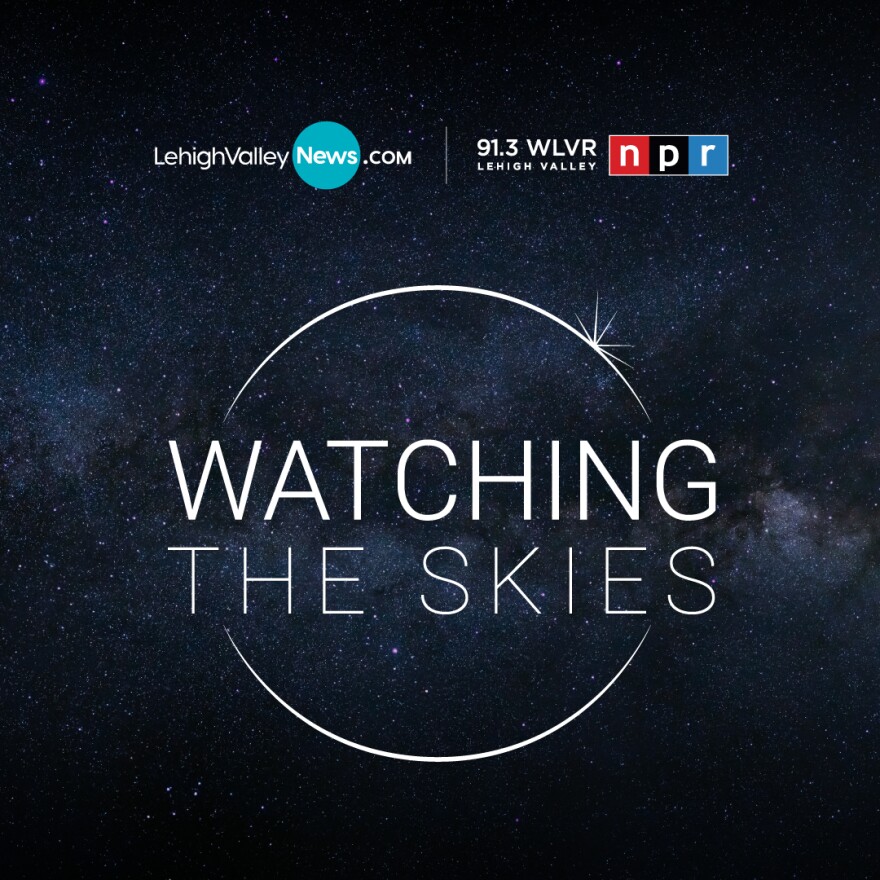BETHLEHEM, Pa. — Brad Klein reviews the week’s astronomical highlights with Bethlehem’s "Backyard Astronomy Guy," Marty McGuire.
This week they discuss a few items visible with a simple pair of binoculars.
You don’t need to have access to a telescope to see interesting things in the night sky.
McGuire said everyone’s first impulse is to train their binoculars on the moon.

But he points out that the most interesting views are not when the moon is full.
The light of the sun on the crescent moon highlights the topography of the lunar surface.
Jupiter is visible almost all night right now over the Lehigh Valley.
If you have a good pair of binoculars, you may be able to see up to four tiny points of light to either side of the giant planet.

Those are the four Galilean moons — Io, Europa, Ganymede, and Callisto — that Galileo was able to see and name, looking through the very first telescope.


